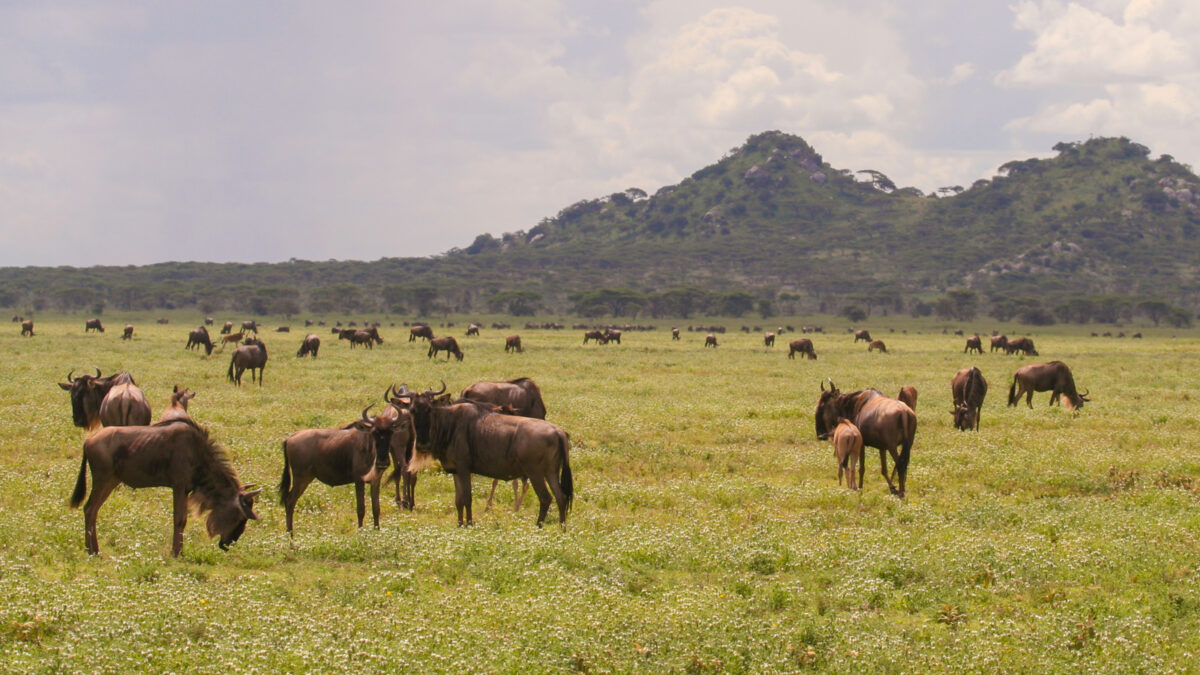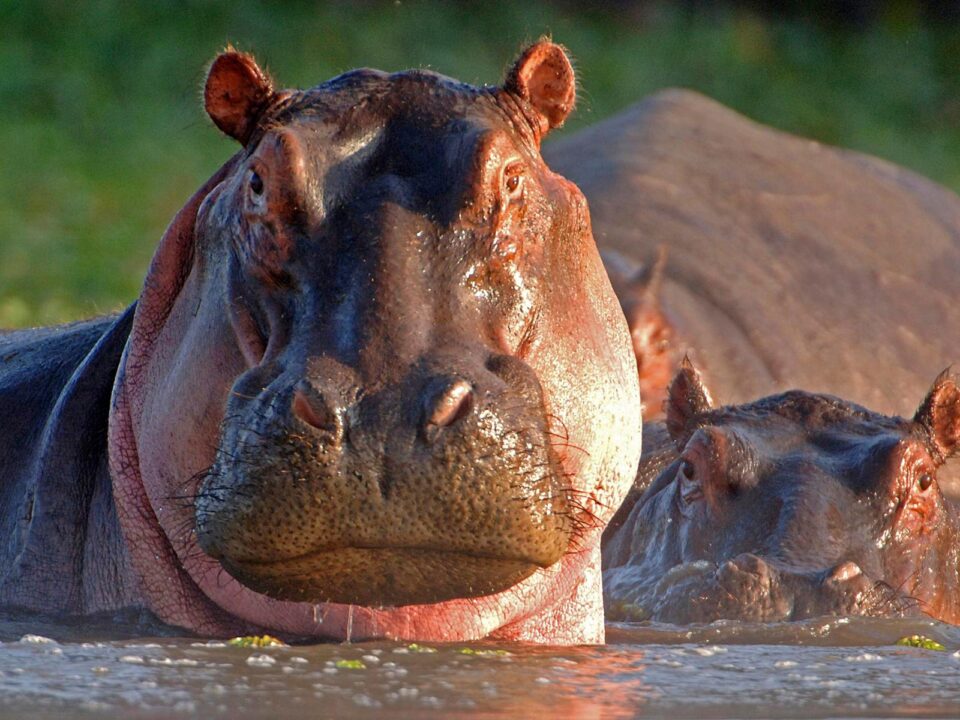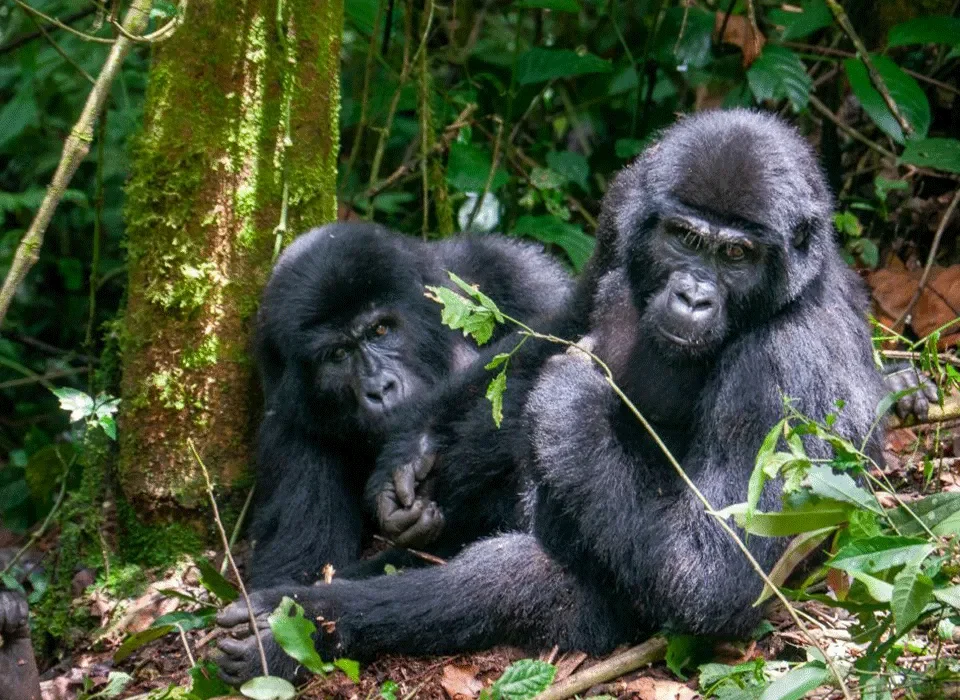Matiti Plains & Twin hills in Serengeti, Tanzania

Olduvai Gorge in Serengeti, Tanzania
December 10, 2023
Lamai Triangle in Ngorongoro, Tanzania
December 10, 2023Discovering Matiti Plains & Twin Hills: Witnessing the Marvels of Serengeti, Tanzania
Enveloped in the breathtaking landscapes of Serengeti, Tanzania, Matiti Plains and Twin Hills stand as a testament to the wonders of nature, offering an unparalleled spectacle during the Great Wildebeest Migration safaris.
Once a dormant giant, the towering mountain dwarfed even Mount Kilimanjaro, reigning supreme over the African horizon. Its summit brushed the skies, commanding its own weather patterns and water flows across vast slopes. The tranquility of this dormant sentinel remained undisturbed until the day it stirred from its slumber and reshaped its destiny.
In a cataclysmic eruption, the mountain imploded, giving rise to a colossal caldera spanning a hundred square miles. Now, a mere impression of its former glory, this caldera, with dimensions of 12 miles in width and 2,000 feet in depth, became the canvas for nature’s remarkable artistry.
Life reclaimed this geologic masterpiece over millions of years. Freshwater pockets emerged, nurturing lush vegetation, and beckoning the arrival of diverse wildlife. The enclosed topography of the caldera became a haven, capturing animals within its bowl-shaped embrace.
Matiti Plains and Twin Hills: A Serengeti Symphony
Nestled within the embrace of Matiti Plains are the iconic Twin Hills. This extraordinary landscape comes alive between February and March, as female wildebeests gather to birth their cubs during the Southern Serengeti migration.
In a daring departure from the norm, wildebeests choose the open plains for childbirth, foregoing the protection of shelters. The newborns, astonishingly precocious, rise to their feet within minutes, showcasing their remarkable resilience.
Yet, this vulnerable moment also attracts the watchful eyes of predators. Cheetahs, hyenas, and lions lurk, patiently awaiting the opportune moment to catch a mother off guard and seize her newborn.
The period from December to April witnesses an extraordinary concentration of wildlife, painting a mesmerizing panorama. The Matiti Plains teem with a diverse array of creatures, including Grant gazelles, Thomson gazelles, giraffes, leopards, caracals, bat-eared foxes, and steenboks. It’s a captivating symphony of life, an exquisite dance where every participant plays a vital role in the grand tapestry of the Serengeti.




